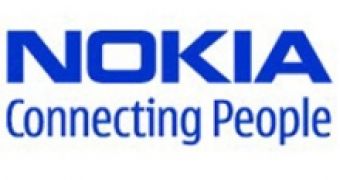Intel's upcoming fourth-generation Centrino notebook platform, Santa Rosa was planned on having an integrated Universal Mobile Telecommunications System (UMTS), or better known as the High-Speed Downlink Packet Access (HSDPA) module. This was until Nokia and Intel jointly decided to cease the cooperation on the implementation of such a device because there wasn't enough for the business case.
The deal was originally announced in September 2006, Nokia being chosen to manufacture the module and permit users to choose the best connection for their computers. The official release date for the Santa Rosa platform is the 9th of May, 2007. This platform features the Intel GM965 and PM965 Express chipsets, a Front Side Bus of 800MHz with Dynamic FSB Switching, and 4MB of L2 cache.
The processors for this platform are kept from being released just now due to the influence they may have on the existing Napa platform, and also will have a different socket P. These processors are going to be released at the same time as the Santa Rosa platform, and the series are divided into the standard T7xxx series and the low-voltage L7xxx series, and they are based on the Intel Merom core. Among the models that will be released are T7100, T7300, T7500 and T7700, and from the low-voltage area we have L7500 and L7300.
On this platform we can finally see the presence of the Extensible Firmware Interface (EFI), which will replace the BIOS we're all used to. EFI is a software interface previously encountered on server systems and different types of computers in which the manufacturers included it for its flexibility and ease of use. Another big surprise will be the Robson technology, also known as the Robson cache, which allows for computers to power up, access programs, read and write data on the hard drive a lot faster by using a NAND flash memory to act as a buffer and supply the necessary information when needed.

 14 DAY TRIAL //
14 DAY TRIAL //